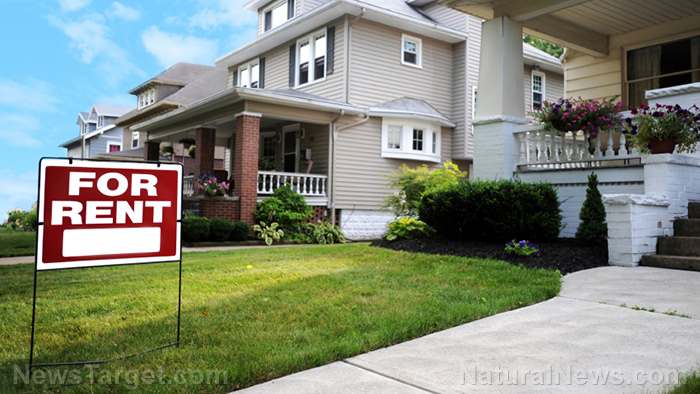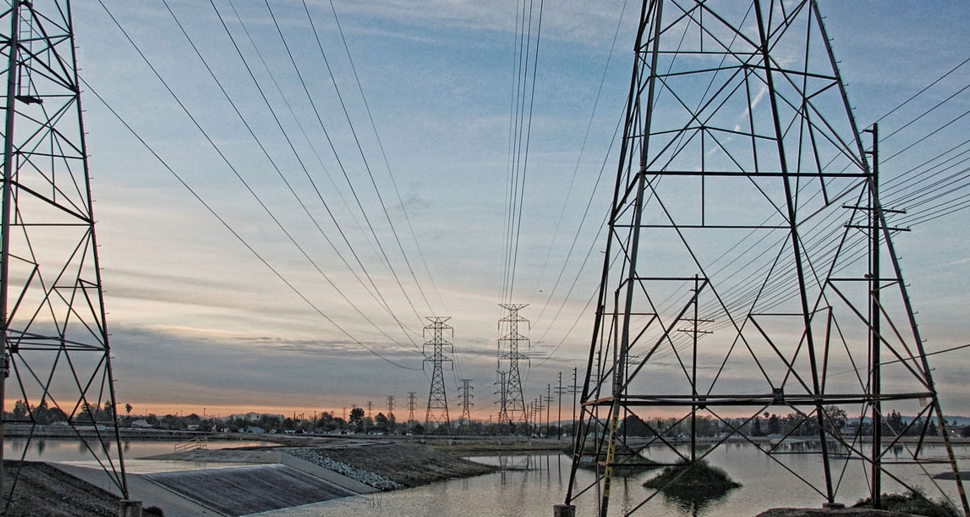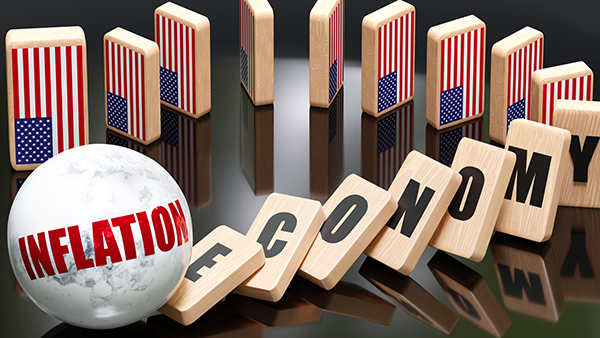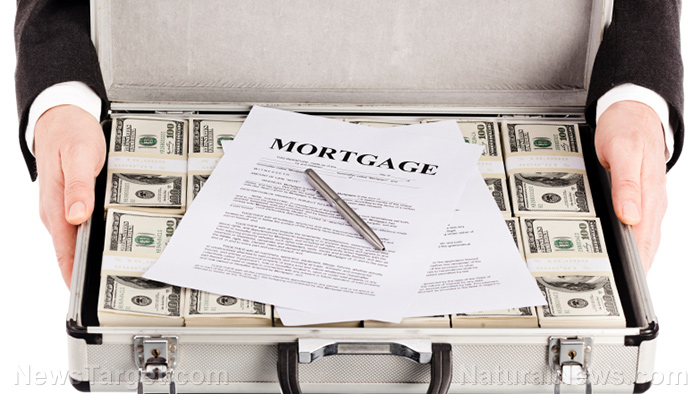South Florida’s mortgage payments have risen 96.5% over the past year
11/02/2022 / By Mary Villareal

People looking to relocate to South Florida are in for sticker shock as it is now one of the most unaffordable places to buy a home in the United States.
The average mortgage payment for a home in the area has now nearly doubled over the past year at $2,452 – a whopping 96.5 percent increase over the last year.
Mortgage rates have been rising amid the record-high inflation, with the average 30-year fixed mortgage rate jumping to 7.16 percent for the week ending October 21.
The difference has become even more pronounced in South Florida after the area saw a boom in population during the height of the Wuhan coronavirus (COVID-19) pandemic.
Nicole Bachaud, a senior economist for realty site Zillow, said South Florida has already been one of the most unaffordable markets in the country for a long time, and it is now putting a significant strain on household budgets when it comes to buying and affording a new mortgage.
Florida is now seeing the third-highest increase in the country for monthly mortgage payments, according to experts at Zillow. The company uses the typical home value of a neighborhood and the Freddie Mac Primary Mortgage Market Survey to determine interest rates in 100 cities across the country.
Zillow found that the majority of the cities that had the largest increases were in Florida. Fort Myers, for instance, saw a 102.5 percent increase in monthly mortgage payments from last September despite being destroyed by Hurricane Ian.
Tampa prices also rose 92.9 percent over the last year while Jacksonville prices rose 92.7 percent. “Overall, Florida has seen some of the biggest increases in terms of home values over the past three years, especially in the last year,” Bachaud said.
In South Florida, demand for homes skyrocketed during the pandemic as mandate-weary northerners relocated to the south. During this time, mortgage rates across the country jumped from a record low of 2.7 percent to over seven percent.
Because of this, fewer people are now willing to buy homes as they have to consider the historic interest rates.
Moreover, Bachaud also said there may be fewer homes out on the market as would-be sellers decide to stick with the homes they have at their current interest rate than move to a new home at higher prices.
Landlords are also holding on to their properties or selling them at inflated rates due to the value that they now have.
The situation is not expected to improve any time soon, according to Bachaud, as the average interest rate on long-term U.S. home loans has hit its highest level since 2001.
Nadia Evangelou, an economist for the National Association of Realtors (NAR), said the combination of high inflation, high-interest rates and slow wage growth means that home-buying costs have exceeded 30 percent of a typical family’s income.
“While inflation outpaces wage growth, the typical family needs to stretch out its budget and spend more than 25 percent of its income on its mortgage payment,” she said.
The housing sector is among the most impacted by the increases in the Federal Bank’s policy rate, which jumped from near zero in January to a top range of 3.25 percent.
Fed attempting to cushion inflation
The Fed is now attempting to rein in inflation by cooling down the economy with rate hikes, raising the cost of borrowing for businesses and families and slowing down spending.
Still, inflation remains stubbornly high at 8.2 percent and so-called core inflation, which excludes volatile food and energy prices, hit a 40-year high of 6.6 percent in September.
The Fed is now expected to issue another unusually large rate hike of 75 basis points, which is going to be its fourth in a row, at the conclusion of its next policy meeting set for November 1 to 2.
Looking at data for rental rates from more than one million active listings across the country, the report from real estate tracker Zumper showed that cities have seen high year-over-year rent increases since the economy started plummeting during the pandemic. (Related: Mortgage rates surge to 20-year high, causing massive drop in home sales.)
Unsurprisingly, New York City remains to be the most unaffordable, with an astronomical $3,860 median rent for a one-bedroom. Boston is now the second most unaffordable city to live in, surpassing San Francisco, with rent prices increasing 5.9 percent in October alone to an average of $3,060.
Watch the video below that talks about the current economic climate.
This video is from the JD Rucker channel on Brighteon.com.
More related stories:
Millions of Americans pushed out of the housing market as prices soar.
UNAFFORDABLE HOUSING: US home rental rates set new record for 17th straight month.
Sources include:
Submit a correction >>
Tagged Under:
Bubble, Collapse, debt bomb, debt collapse, economic collapse, economic crisis, economy, financial collapse, financial crisis, Florida, home buyers, home sales, Housing Market, Inflation, market crash, mortgage rates, Real Estate, risk, South Florida
This article may contain statements that reflect the opinion of the author
Get independent news alerts on natural cures, food lab tests, cannabis medicine, science, robotics, drones, privacy and more from NewsTarget.com
Get independent news alerts on natural cures, food lab tests, cannabis medicine, science, robotics, drones, privacy and more from NewsTarget.com
RECENT NEWS & ARTICLES
COPYRIGHT © 2017 DEBT COLLAPSE NEWS




















